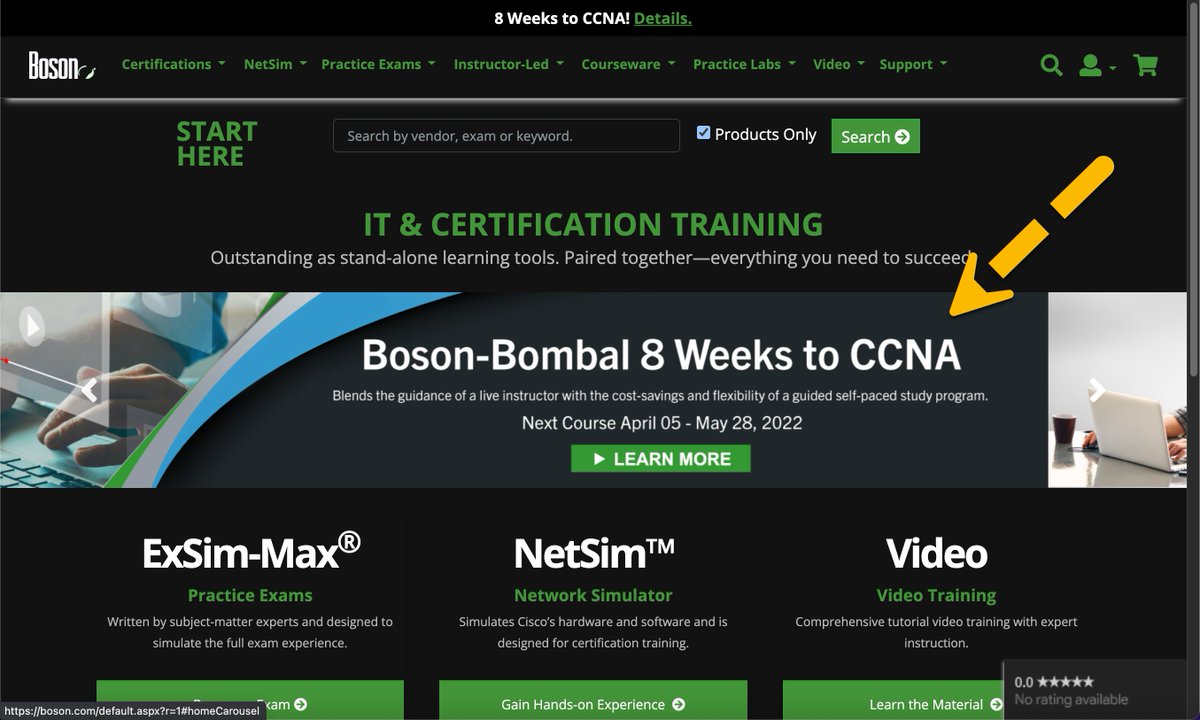
- NETSIM 10 CCNA LAB HOW TO
- NETSIM 10 CCNA LAB MANUAL
- NETSIM 10 CCNA LAB SOFTWARE
- NETSIM 10 CCNA LAB SIMULATOR
NETSIM 10 CCNA LAB SOFTWARE
Put the CD in the CD drive, and the software on the CD starts.
The Integrated IS-IS Link State Routing Protocolĥ62 Appendix C: Using the Simulation Software for the Hands-on Exercises Accessing NetSim from the CDĪccessing NetSim from the CD is relatively simple. Routing Through the Internet with the Border Gateway Protocol.  Comparing and Contrasting IP Routing Protocols. Hands-on Exercises Available with NetSim. Using the Simulation Software for the Hands-on Exercises.
Comparing and Contrasting IP Routing Protocols. Hands-on Exercises Available with NetSim. Using the Simulation Software for the Hands-on Exercises.  Answers to the “Do I Know This Already?” Quizzes and Q&A Questions. Solutions to Scenario 2, Part A: Planning. Solutions to Scenario 1, Part A: Planning. A Partially-Meshed Network with Some Fully-Meshed Parts. A Partially-Meshed Network with One IP Subnet Per VC. A Fully-Meshed Network with One IP Subnet. Frame Relay Layer 3 Addressing: Hybrid Approach. Frame Relay Layer 3 Addressing: One Subnet Per VC. Frame Relay Layer 3 Addressing: One Subnet Containing All Frame Relay DTEs. Network Layer Concerns with Frame Relay. DDR Step 4: Determining When the Connection Is Terminated. DDR Step 2: Determining the Subset of the Packets That Trigger the Dialing Process. DDR Step 1: Routing Packets Out the Interface to Be Dialed.
Answers to the “Do I Know This Already?” Quizzes and Q&A Questions. Solutions to Scenario 2, Part A: Planning. Solutions to Scenario 1, Part A: Planning. A Partially-Meshed Network with Some Fully-Meshed Parts. A Partially-Meshed Network with One IP Subnet Per VC. A Fully-Meshed Network with One IP Subnet. Frame Relay Layer 3 Addressing: Hybrid Approach. Frame Relay Layer 3 Addressing: One Subnet Per VC. Frame Relay Layer 3 Addressing: One Subnet Containing All Frame Relay DTEs. Network Layer Concerns with Frame Relay. DDR Step 4: Determining When the Connection Is Terminated. DDR Step 2: Determining the Subset of the Packets That Trigger the Dialing Process. DDR Step 1: Routing Packets Out the Interface to Be Dialed.  ISDN PRI Function Groups and Reference Points. ISDN BRI Function Groups and Reference Points. Data-Link Protocols for Point-to-Point Leased Lines. Physical Components of Point-to-Point Leased Lines. Internet Control Message Protocol (ICMP). Overloading NAT with Port Address Translation (PAT). Scaling the IP Address Space for the Internet. Classless and Classful Routing Protocols. Classless Routing Protocols and Classless Routing. Route Summarization and Variable-Length Subnet Masks. Balanced Hybrid Routing Protocol and EIGRP Concepts. Summary: Comparing Link-State and OSPF to Distance Vector Protocols. Scaling OSPF Through Hierarchical Design. Link-State Routing Protocol and OSPF Concepts. Issues When Multiple Routes to the Same Subnet Exist. Examination of RIP and IGRP debug and show Commands. Distance Vector Loop-Avoidance Features. Which Subnet Masks Meet the Stated Design Requirements?. Finding the Answers Without Using Binary. Finding the Range of Valid IP Addresses in a Subnet. What Is the Subnet Number, and What Are the IP Addresses in the Subnet?. Converting IP Addresses from Decimal to Binary and Back Again. Math Operations Used to Answer Subnetting Questions. Analyzing and Interpreting IP Addresses and Subnets. Changing STP Port Costs and Bridge Priority.
ISDN PRI Function Groups and Reference Points. ISDN BRI Function Groups and Reference Points. Data-Link Protocols for Point-to-Point Leased Lines. Physical Components of Point-to-Point Leased Lines. Internet Control Message Protocol (ICMP). Overloading NAT with Port Address Translation (PAT). Scaling the IP Address Space for the Internet. Classless and Classful Routing Protocols. Classless Routing Protocols and Classless Routing. Route Summarization and Variable-Length Subnet Masks. Balanced Hybrid Routing Protocol and EIGRP Concepts. Summary: Comparing Link-State and OSPF to Distance Vector Protocols. Scaling OSPF Through Hierarchical Design. Link-State Routing Protocol and OSPF Concepts. Issues When Multiple Routes to the Same Subnet Exist. Examination of RIP and IGRP debug and show Commands. Distance Vector Loop-Avoidance Features. Which Subnet Masks Meet the Stated Design Requirements?. Finding the Answers Without Using Binary. Finding the Range of Valid IP Addresses in a Subnet. What Is the Subnet Number, and What Are the IP Addresses in the Subnet?. Converting IP Addresses from Decimal to Binary and Back Again. Math Operations Used to Answer Subnetting Questions. Analyzing and Interpreting IP Addresses and Subnets. Changing STP Port Costs and Bridge Priority. 
Electing the Root and Discovering Root Ports and Designated Ports.Forwarding Unknown Unicasts and Broadcasts.
NETSIM 10 CCNA LAB HOW TO
How to Use These Books to Prepare for the CCNA Exam. Cross-Reference Between Exam Topics and Book Parts. Cisco’s Motivation: Certifying Partners. Please contact for academic pricing for bulk licenses. NETSIM 10 CCNA LAB MANUAL
Complete list of labs is available with the Labs Manual of the downloaded software. The labs are intended to give familiarity with the router or switch commands. Several lab exercises are made available with the router simulator. Supports short form commands, and tab in IOS simulator. The demo version is limited to a fewer labs, and upto global configuration mode is supported in demo version.
NETSIM 10 CCNA LAB SIMULATOR
Labs for switches including 19XX and 29XX switches included in the Lab Manual provided with the software.ĭetailed help files that provide step by step instructions on using the simulator have been provided. Simulate Cisco ® IOS routers and Switches, supports 17XX, 25XX, 26XX, and 36XX routers, and 19XX, and 29XX switches.ģ00+ router/switch commands are supported for thorough preparation. For beginners, a simple router/switch device simulator has been provided. Lab exercises -currently 100+ labs are included with scenario type labs for NAT, OSPF, EIGRP, Access Lists, and others.








 0 kommentar(er)
0 kommentar(er)
